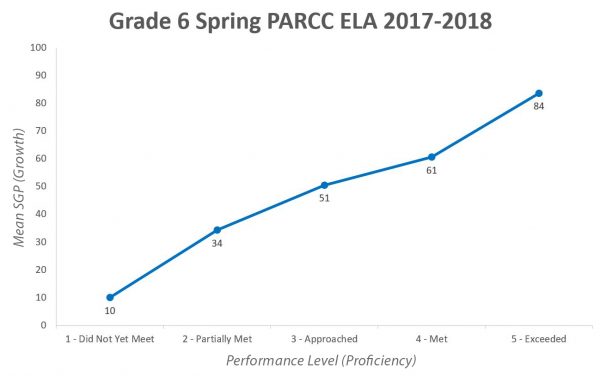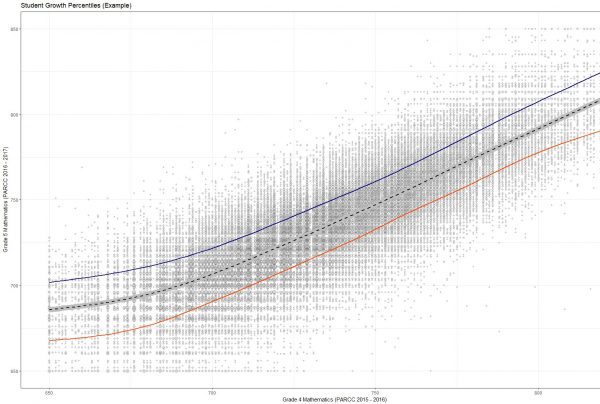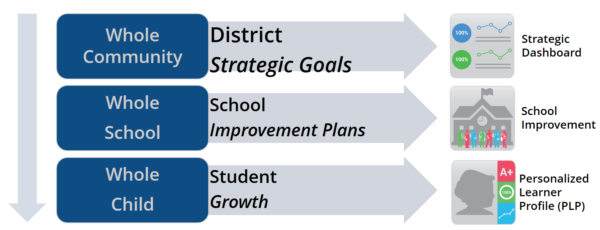Measuring and Recovering Learning Losses During the COVID-19 Pandemic
Documenting learning loss is important as the effects of school closures on learning loss are likely differential and asymmetric, resulting in large losses for some students, and negligible or negative losses for other students.









